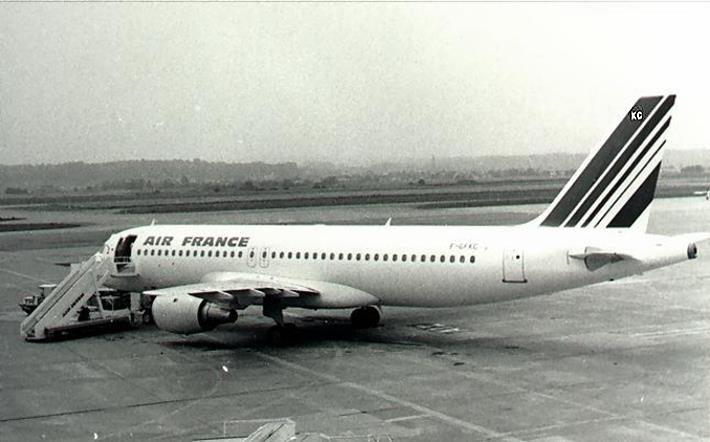I’m going off memory here, but I thought the accident involving an alpha floor demo was in Toulouse, but it’s clear that this AF 296 fits what I remember. it was an accident that was talked about frequently in Airbus school.
It is not fair to say that the American Airlines accident in Cali would’ve been prevented by retraction of the speed brakes, although retraction of the speed bakes is a memory item for either GPWS or Windshear.
The mountain into which that flight turned was simply too steep for any airplane to escape, speed brakes in, or not, even the 757 would not have been able to top it. So, the root cause, and the only action to prevent it, was the navigation failure that you mentioned. Once they turned into the mountain, the flight was doomed.
Air Inter Flight 148 was an example I was remembering as well, but it was more a Mode Control Panel issue - setting the wrong flight path angle, not understanding now the FPA worked on a non-precision approach. Again, the interface between the pilot and a sophisticated piece of engineering, doesn’t always work the way the engineers expect. Not a Flight envelope protection issue, but an example of how even the most sophisticated airplane systems can be misunderstood, and misused.

en.wikipedia.org
In many respects, similar to the UPS crash in Birmingham, mis-management of flight path, and trusting the FMC when the FMC should not be trusted.
Lufthansa flight 2904 was partly blamed on aircraft system and flight control design, despite touching down where they needed to, the jet would not allow deployment of the reversers or application of the brakes until it had more weight on wheels, delaying braking and causing a runway overrun. Not entirely envelope protection, because the crew made mistakes in not correctly landing, in not going around, and the tower was no help in reporting inaccurate wind conditions, but still, a different weight on wheels logic would have had a different outcome.

en.wikipedia.org
Gulf Air Flight 72 was blamed largely on spatial disorientation - but the airplane didn’t help - because TOGA thrust is a LOT of power (Boeing FMS will direct a 2,000 FPM climb when TOGA is activated Once, and full TOGA thrust if it is selected a second time). To get the A320 into a go around mode, you have to select TOGA power on the throttles, and that level of acceleration is disorienting, and in most cases, not needed. So, not flight envelope protection exactly, but a design decision (TOGA throttle position) that was contributory.

en.wikipedia.org
Iberia 1456 was the one that I was recalling as well - flight envelope protection kicked in during a windshear landing, preventing a go around. The airplane hit hard, and crashed, collapsing the gear. Software was re-written to prevent it from happening again.

en.wikipedia.org
So, relying on my memory fo certain events isn’t completely perfect, but there are two cases of envelope protections causing a crash, Iberia and Air France - though we may disagree on the Air France, I think the reliance on the envelope protections and the failure to understand them, was causal. As with most crashes, there are several contributory factors, including the ones that you mention.
I went through Airbus school over 20 years ago. Envelope protection was thoroughly discussed. Clearly, I don’t remember it correctly in terms of the contributions to crashes, but I think at my core, as a pilot, I prefer the F/A-18 or Boeing approach - give the pilot what they want, as opposed to the F-16 or Airbus approach - protect the airplane from the pilot.





